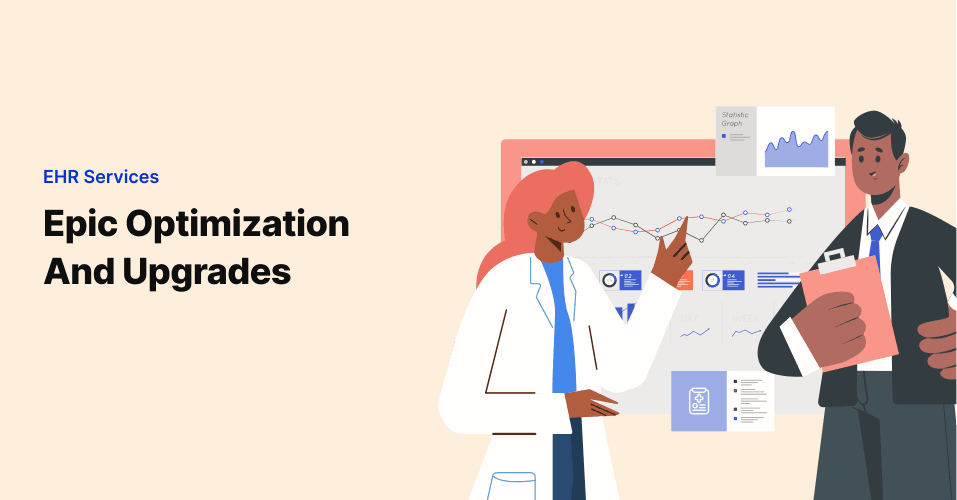
3 Aspects of Epic Interfaces Worth Outsourcing
Making the most of an investment like an EHR for a large health system has a lot to do with the ability to …

It’s challenging enough to implement Epic for a single facility. Consider, then, the importance of collaboration when implementing Epic across multiple facilities and practices. Sure, the end game is a unified solution that allows for these providers to coordinate care more effectively and communicate efficiently. But in the development process of the integrated EHR system, it’s critical to consider the needs of the whole — meaning every clinical end user and department who will be using the shared health record, across specialties and facilities — to ensure that decisions made don’t lead to friction post Go-live. Today we’ll share a few aspects of this collaboration that are worth thinking through before Epic implementation efforts kick-off.
We often see that the largest facilities generally get the most consideration when it comes to workflow development in the Epic implementation process. They represent the most users and generally have the biggest pull in terms of influence, but it’s unwise to simply yield to the majority. There may be smaller facilities that have exceptionally efficient workflows in place, and therefore learning from their best practices and incorporating those into system flows would actually help everyone level up.
Where ancillary providers share care responsibilities (such as EDs), it’s worth scheduling a working group that can focus on care-specific requirements that will benefit patients, no matter which facility they present. This not only creates a consistent patient experience, but allows for physicians and support staff who may round to multiple locations to have the same general expectations of their workflow and technology. The need for re-training and errors are minimal when proper consideration and communication are employed in the planning stage of implementing an EHR. Any time you can get end users to put their heads together, you’re going to benefit from mindshare in the execution.
Even if a practice or facility is several phases (or even years) away from being on deck for Epic implementation as part of a health system initiative, it’s important to include those stakeholders from the onset. This contributes to the aforementioned benefit of tapping into best practices from the collective experience and minimizing the need for later workflow changes (when future needs are overlooked due to shortsightedness). But the bigger benefit is the sense of buy-in and true partnership that is cultivated when all parties have a seat at the table and a valued voice to use there.
Keep in mind that even the smallest practices can logjam progress and preclude system-wide adoption when their needs aren’t met (or even considered) by new healthcare technology. Because proper Epic training and go-live rely on a large measure of cooperation across care settings and resources, it pays off to pave a smooth path by inviting participation, honoring feedback and considering the collective good at every step.
We fully realize that Epic implementation project teams can’t please everyone, and it’s just as important for Project Managers to hold their ground when participants try to hijack the initiative and threaten the collective desire to unify providers via an integrated EHR. However, creating an attitude of receptivity and value for all the quirks and kinks that come with disparate practices coming together for a common goal will yield far greater success than trying to force a one-size-fits-all approach. There’s much to be gained by learning from one another and leveraging the best of the best to create connected care communities that can change the healthcare experience.
Join over 3,200 subscribers and keep up-to-date with the latest innovations & best practices in Healthcare IT.

Making the most of an investment like an EHR for a large health system has a lot to do with the ability to …

Getting an Epic instance up and running is an exciting milestone for any health system, but it’s generally not …
While we still in the mindset of reducing the influx of Coronavirus cases to give healthcare workers the …